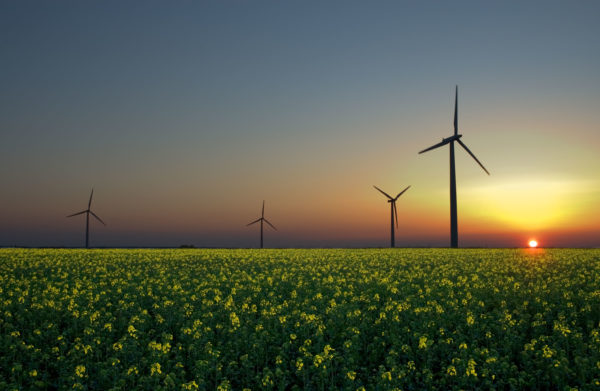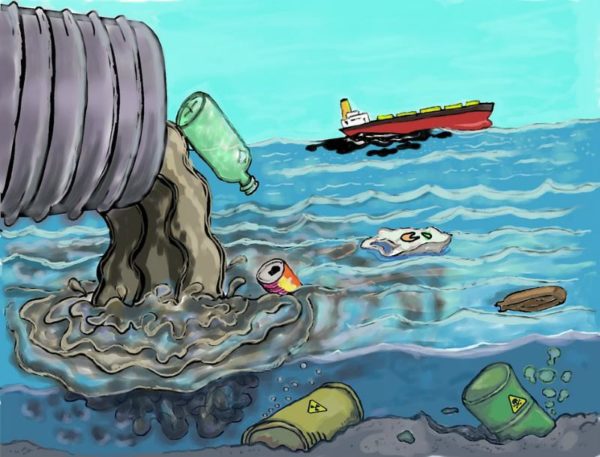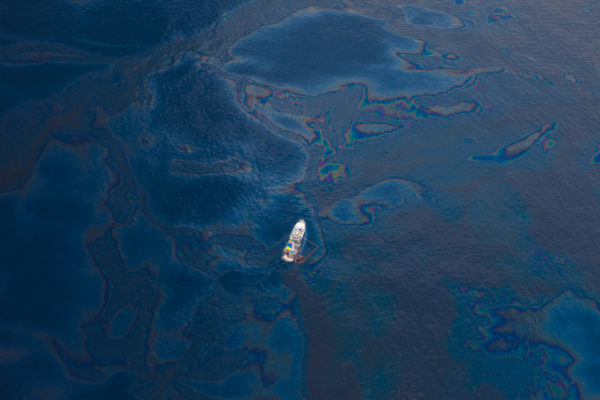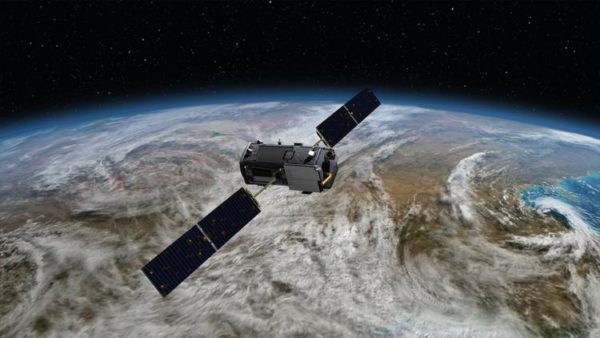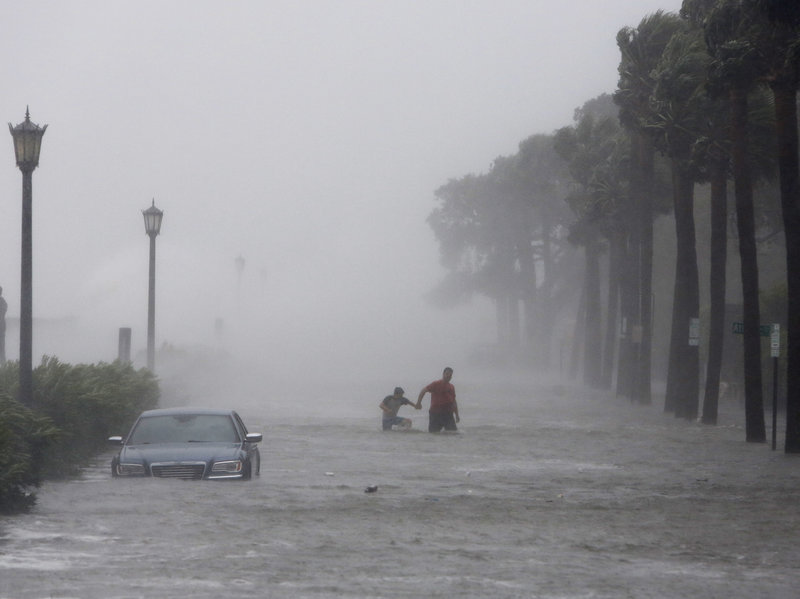An oil spill in the Gulf of Mexico last week may be the largest in the U.S. since the 2010 blowout at BP Plc’s Macondo well that sank the Deepwater Horizon rig and killed 11 people. LLOG Exploration Co. reported 7,950 to 9,350 barrels of oil were released Oct. 11 to Oct. 12 from subsea infrastructure about 40 miles (64 kilometers) southeast of Venice, Louisiana, according to the company and the U.S. Bureau of Safety and Environmental Enforcement. That would make it the largest spill in more than seven years, BSEE data show, even though it’s a fraction of the millions of barrels ejected in the 2010 incident.An oil spill in the Gulf of Mexico last week may be the largest in the U.S. since the 2010 blowout at BP Plc’s Macondo well that sank the Deepwater Horizon rig and killed 11 people. LLOG Exploration Co. reported 7,950 to 9,350 barrels of oil were released Oct. 11 to Oct. 12 from subsea infrastructure about 40 miles (64 kilometers) southeast of Venice, Louisiana, according to the company and the U.S. Bureau of Safety and Environmental Enforcement. That would make it the largest spill in more than seven years, BSEE data show, even though it’s a fraction of the millions of barrels ejected in the 2010 incident.
Continue reading... →
